From this answer, the divergence of a numeric vector field can be computed as such:
def divergence(f):
num_dims = len(f)
return np.ufunc.reduce(np.add, [np.gradient(f[i], axis=i) for i in range(num_dims)])
However, I have noticed that the output seems to depend a lot on the grid resolution, so there seems to be something wrong!
If I look at an example:
We have the following vector field F:
F(x) = cos(x+2y)
F(y) = sin(x-2y)
If we compute the divergence (using Mathematica):
Div[{Cos[x + 2*y], Sin[x - 2*y]}, {x, y}]
we get:
-2 Cos[x - 2 y] - Sin[x + 2 y]
which has a maximum value in the range of y [-2,2] and x [-2,2]:
N[Max[Table[-2 Cos[x - 2 y] - Sin[x + 2 y], {x, -2, 2 }, {y, -2, 2}]]] = 2.938
Using the divergence equation given here, we get the following plot, for max value vs. resolution (NxN: number of values in x and y-direction). None of these are even close to 3.
Here is the code:
import numpy as np
import matplotlib.pyplot as plt
# Boundaries
ymin = -2.; ymax = 2.
xmin = -2.; xmax = 2.
# Number of points (NxN)
N = 20
# Divergence function
def divergence(f):
num_dims = len(f)
return np.ufunc.reduce(np.add, [np.gradient(f[i], axis=i) for i in range(num_dims)])
# Create Meshgrid
x = np.linspace(xmin,xmax, N)
y = np.linspace(ymin,ymax, N)
xx, yy = np.meshgrid(x, y)
# Define 2D Vector Field
Fx = np.cos(xx + 2*yy)
Fy = np.sin(xx - 2*yy)
F = np.array([Fx, Fy])
# Compute Divergence
g = divergence(F)
print("Max: ", np.max(g.flatten()))
plt.imshow(g)
plt.colorbar()
Edit: To create the plot:
# %%
a = []
for N in range(20,100):
# Number of points (NxN)
# = 20
# Boundaries
ymin = -2.; ymax = 2.
xmin = -2.; xmax = 2.
# Deivergence function
def divergence(f):
num_dims = len(f)
return np.ufunc.reduce(np.add, [np.gradient(f[i], axis=i) for i in range(num_dims)])
# Create Meshgrid
x = np.linspace(xmin,xmax, N)
y = np.linspace(ymin,ymax, N)
xx, yy = np.meshgrid(x, y)
# Define 2D Vector Field
Fx = np.cos(xx + 2*yy)
Fy = np.sin(xx - 2*yy)
F = np.array([Fx, Fy])
# Compute Divergence
g = divergence(F)
print("Max: ", np.max(g.flatten()))
a.append(np.max(g.flatten()))
plt.plot(a)

